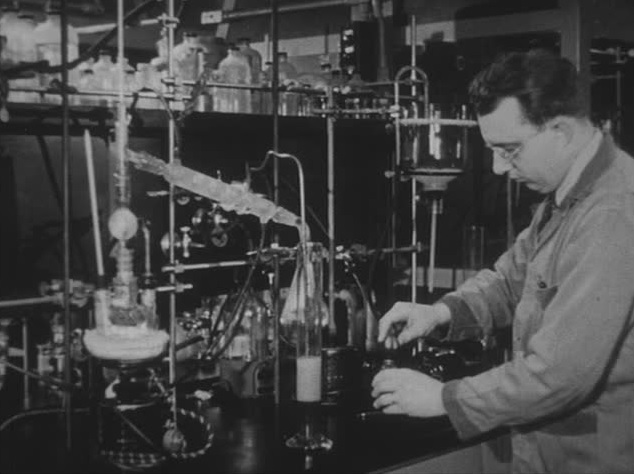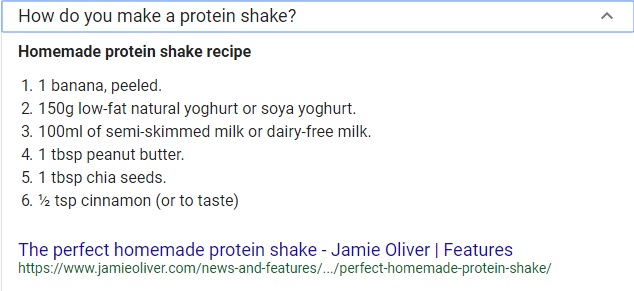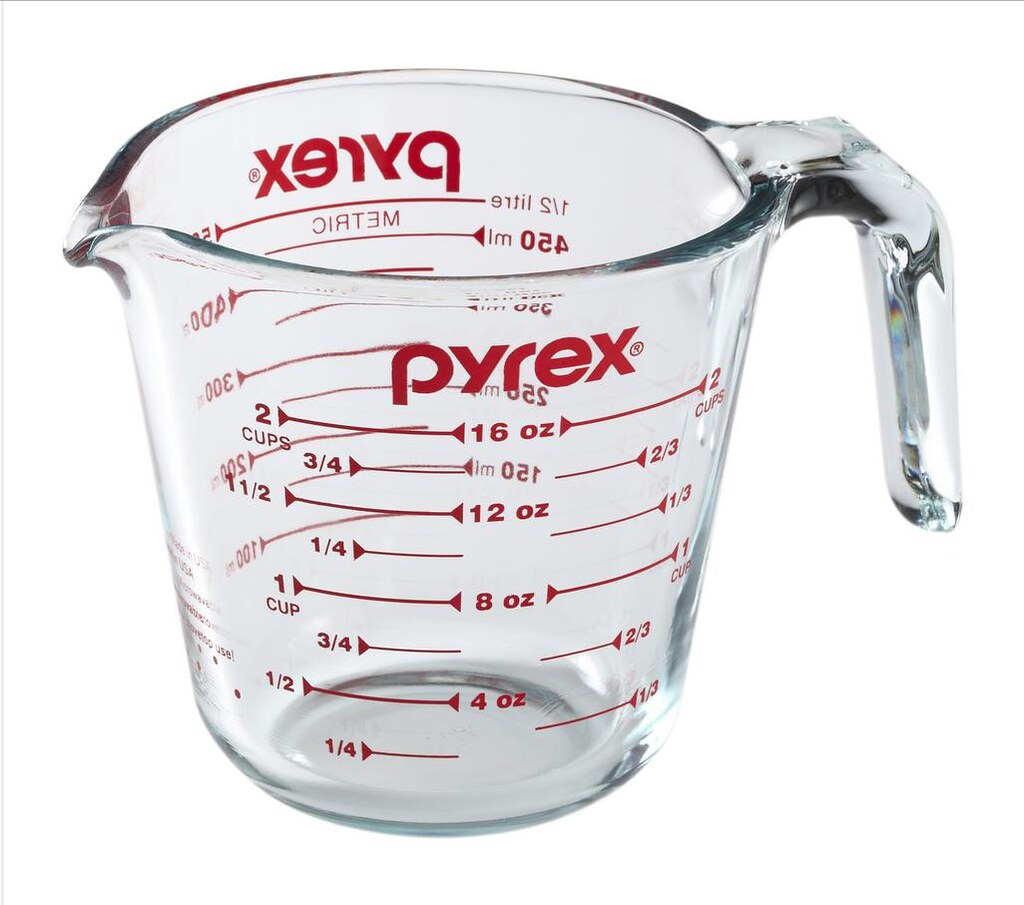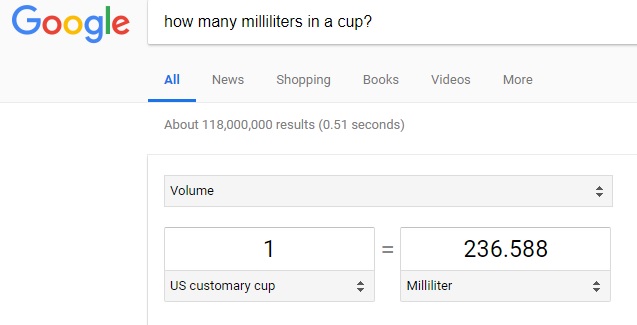Last Thursday, I had the opportunity to participate in a science fair at a local elementary school as a judge. I participated last year and had a wonderful time. Additionally, I wrote about the fact that the projects presented at the science fair should be age (and grade) appropriate.
Here is the blog post regarding the continuing need in science fairs. With the digital age of technology emerging at a rapid pace, the ability to present a science project is easier than ever and make the presentation look professional. Still, when you are a judge at a science fair judging 3rd grade posters, the level of detail should not exceed the grade or skill level. At the same time, having the family involved in a 3rd grader's science project brings everyone into the project -- which elevates STEM overall -- and that is a good outcome for participant. Before I dive into the blog post, the following question should be entertained:
What is STEM?
STEM is an acronym which stands for: Science, Technology, Engineering, and Math (STEM). The combination of the physical and life sciences along with emerging technological fields and the mathematics which solidifies the group as a whole. The reach of STEM is broad based and cannot be overstated! Currently, there is a need to elevate the amount of students heading into colleges to pursue a career in one of the fields encompassed by STEM initiatives. Additionally, to protect our environment and the health of our nation (and world), a basic understanding of issues which the basic student or enthusiast can impact with an education or knowledge of the broad areas of STEM is important. In the paragraphs below, I want to touch on the what I learned from the experience and how useful such outreach is for each participant.
What Is A Science Fair Judge?
A science fair judge is a special person. No, I am not just saying that because I participated recently as a science fair judge. The first time that I watched my wife -- Kayla -- who is also a scientist participate as a science judge, I honestly thought the following: "that is so nice of her...but I think that this is a waste of my time -- personally." Oh, how arrogant I was and ignorant.
In order to participate in certain science fair events, you usually have to take time off of work. The judging usually occurs during the day time while school is in session. That in of itself requires a person to think of others and take time out to further a cause that they believe in. Last year, I was a science fair judge at the same elementary school as this year. Unfortunately, due to privacy concerns on behalf of the parents and students -- photos were not allowed. But that won't stop me from conveying the benefits of participating in such an event.
There was a mixture of participants this year which made the event a great time. The total judging time took around 4 hours. All together there were 7 judges: a librarian, a chemical engineer (petroleum engineer), a mechanical engineer, 2 biochemists, a computer scientist, 2 chemists, and a science teacher (retired). Having a diverse crowd made the judging process that much more fun and interesting. Each of us bring our own opinion and professional background to the judging arena.
Whenever scientists get into the same room, the feeling is probably similar to a group of medical doctors. Without the humongous ego though. Scientists are skeptical along with traditionally being results/data driven. This carries over to the critique of 3rd grader science projects as you can imagine. Each of us have our own idea as to the level of greatness a given project has attained.
I was surprised to learn so much from other judges at the contest. Surprised because sometimes such events are usually judged by scientists who are judging posters at the speed of light to get done and go home. Taking your time and giving each project a level of respect is important. Treating the posters like you would a 'grant application' or a paper submission to a funding source is important.
Teasing out the level of participation of the student and the family members is difficult to do in some situations. A science fair project should fit the skill level of the participants. Although, this year, I was talking to the science teacher (retired) and she had an interesting impact on me on multiple levels. Why?
First, when the rules were being set before the judging session started, we were told to look at the folders out in front of the posters. One of the qualifications was the bibliography. Specifically, each students should cite at least ONE BOOK each. School administrators were tired of seeing "online" references to websites such as "YouTube" on a given project. Although, the generation participating in the science fair contest is growing up in a digital age. Which means this requirement is rather outdated.
These students are growing up in a digital age. Finding resources now requires engaging in an online search. Rather than restrict the students to a local library which might or might not have the proper resources, the online world is sufficient for the emerging student of today -- being raised in the digital world. This year differed greatly in comparison to last year in that we were able to interview the 3rd graders at their poster. When asked: "where did you come up with this wonderful idea?" The common answer was: "From watching videos on YouTube". A few years ago, I watched a "YouTube" video on how to change a Honda Civic car window motor and was thankful to have my window working a short while after the tutorial. Therefore, how can we fault these children for searching online.
During my discussion with the retired teacher, she completely agreed that referencing a source from online is the new trend. That is not to say books are no valuable. An online search can reveal a rare book which might be out of print or completely hard to get your hands on a physical copy of. The process of searching online for a reference and learning is a take home message that both of us agreed upon that outweighed the source of the information (online vs. library). I enjoy spending time at the library on the campus (university) where I work. But I can find a large amount of information on my laptop in my office too. Each has their strong points.
Understanding the rules by which to judge the science posters is a process in of itself -- since we have 9 minds from different backgrounds coming together. Nonetheless, the process is completely informative. Ideas which you might not have thought of arise from others which are mind boggling to you. At least, that has been my experience both years so far. I will talk more about learned ideas in the next section. The point is that simply participating with other judges presents the opportunity to talk and form rules and point out strong points (and weak points) about a given project -- which teach each of us about our respective professional work and opinions.
Not to diverge too much. The chemical engineer was a retired petroleum engineer who lives in Porter Ranch in the San Fernando Valley. The same Porter Ranch which was all over the news due to the exorbitant methane gas leak out of the
Aliso Canyon Gas facility last year. I was asking him about his position from being a resident which was completely fascinating. He did not smell the gas too much. Although his wife complained about the smell constantly. He did mention that the industry was very much aware of the regulations and was rather 'complacent' instead of being 'proactive' in making changes which would have increased the safety of the site.
I mentioned that
I wrote a blog post last year regarding the massive size of the well. Further,
a follow up blog discussed the misleading amount that was stored under ground. He said that what surprised him most about the leak was that each gas well was supposed to have a "shutoff control valve" at the surface and at the bottom of the well in the event of a massive leak. Had the leaking well had the "shutoff control valve" at the base (bottom of the pipe exiting the well), the leak could have been stopped instantly.
What a disaster? What a complacent mistake in judgement? But the 'bottom line' (profits) of the corporation is more important than safety.
This was one of a number of good conversations that might not normally be possible had we not decided to come and participate in this shared interest. Elevating science in elementary school is extremely important.
3rd Grade Science Projects?
When I first showed up to judge, I was told that we would be judging 3rd grade science fair projects. At first, I thought, when I was in 3rd grade, I was not interested in science and I loved just playing around on the playground. Science was not my priority. I was pleasantly surprised to see that the students of today differ greatly from myself and have a joy of science -- even at this young age. Additionally, each has a seriousness about their projects which matched their enthusiasm.
Last year, the winner of the science fair was a young man who studied the composition of soil. He took a large amount of time to write up his results and draw out his poster.
I wrote a blog regarding the event. In that blog post, I discussed that science fair projects need to fit the age of the child engaging in the project. Age-appropriate projects are important for the student to learn how to proceed with the project from the start to finish. That means coming up with the idea to the execution of the project. Obviously, the parent will have to help to a large extent with the execution of the project. But the idea should still come from the student.
Although, I will touch on in a moment an argument raised by a retired elementary science teacher which caused me to pause and think twice about the strict requirement of age-appropriate projects.
What does a science project that is not age appropriate look like?
This year, an example of a science fair project from the fair that I participated at was a study of the 'drag' or 'turbulent' air coming off of a race car (indy 500 car). Great idea. But I am not sure that a student in the 3rd grade would have come up with that on her/his own. Maybe by watching a race or two, a question would arise as to the reason for the giant fin on the rear of the car by the child. I am skeptical that the student decided to study 'turbulent' behavior with a fan and a wing. Furthermore, the graphics were great in the illustrations and I would be challenged to duplicate them myself. This is an example of a project that is not age appropriate.
Another example would be of a project which makes use of an 'oscilloscope' to measure frequency and bandwidth of an incoming electrical signal.
A 3rd grade science project? Really? And in the students notebook, the analysis of the incoming signal was expressed by using calculus and functions typically used in signal analysis. I was very skeptical of this project along with the previous project.
In both cases, the parents professional life might have heavily influenced the choice of a project to pursue. Great ideas for a college student or a graduating senior in high school. But out of the league for a 3rd grader.
How do you tease out the amount of participation of the 3rd grade student in his/her project?
Last year, the students were unaccessible to answer questions regarding their projects. This raised the level of skepticism among the more advanced science projects (not age-appropriate). The director of the program decided this year to have the students come in and be interviewed by the judges. This provided the student with the opportunity to share their part of the project with the judges.
Having the students participate and explain their work gave them a sense of accomplishment. I am not sure that I would have been able to do what these students did at the same age many years ago. As I mentioned, I was more interested in playing. The interviewing sessions turned out to be of great importance for the judges. Additionally, giving the students a 'voice' is the first step toward producing a great science communicator for the future.
What is an example of an age-appropriate science project?
A good example of an age-appropriate science project this year was the study of bacteria (or germs). I interviewed a student who chose to look at the effect of washing your hands versus the amount of germs present. What? The student chose to vary the amount of time spent on washing his hands versus the amount of residual germs that were present.
The student did a total of 3 experiments, one each day. He would wash his hands for three different time intervals: 10 seconds, 20 seconds, and 60 seconds. After each washing, he would swab (take a sample) from his hand and put the swab into a petri dish (a small cylindrical plastic dish). Instead of growing the bacteria at a faster speed by using an incubator, he used the natural sunlight as a heat source. An
incubator is a container that provides a controlled environment to grow cells (source:
Wikipedia):
In biology, an incubator is a device used to grow and maintain microbiological cultures or cell cultures. The incubator maintains optimal temperature, humidity and other conditions such as the carbon dioxide (CO2) and oxygen content of the atmosphere inside. Incubators are essential for a lot of experimental work in cell biology, microbiology and molecular biology and are used to culture both bacterial as well as eukaryotic cells.
After the bacteria had grown using the natural sunlight, he came up with a counting method to count the colonies that had grown in each dish. With the numbers of colonies recorded, he plotted them on an excel sheet. Over the course of the three days, the data was inconsistent. Two days were exactly the same. Whereas the third day, there was a sudden spike (increase) in germs.
I was able to ask the question regarding the inconsistency of the data over the three day period. He offered that the day in question could have been a day where more students were sick. Now, this is a good answer from a 3rd grader. The project was simple.
Further, the project was innovative since the 'microbiome' is a hot topic in the news along with 'antibiotic resistance.' The student chose soap that was not 'antibacterial' soap -- to ensure the growth of germs. Had he used 'antibacterial' soap, the measure of the colonies would have been virtually impossible -- since 'antibacterial' soap completely (or nearly) eliminates germs. I thought that the student was well versed and chose an attainable science project which required little supplies but answered a very important questions.
I asked the student about the relevancy of his project to the environment of a hospital. He mentioned that his project supported the reason why doctors have to 'scrub in' before surgery for a long period of time. Doctors spend a very long time washing their hands before they enter the operating room to ensure that they have eliminated any source of bacterial contamination from their hands and arms.
What are the benefits of any science project 'age-appropriate' or 'not age-appropriate'?
I mentioned above that I learned a lesson from a retired elementary science teacher regarding participation in science projects. Previously, I was strict regarding the level of difficulty regarding the science project. If the project is too difficult, then the student does not participate and loses interest. Basically, the parent is competing in the science fair project not the child.
Although, the teacher I mentioned, taught me that regardless of the science project, if the entire family is participating in a science fair project then more people benefit from engaging in STEM activities. I had never thought of the process in that light before. Getting the family involved in the project, means getting more people interested in STEM projects.
The student will have more opportunities to compete in science fair projects as he/she progresses through their education. But the parents and family might not help out as the student gets older. Therefore, engaging the entire family is engaging a wider audience to the benefits of participating in science fair projects. Everyone learns about science.
Conclusion...
I have shown that there are numerous benefits to being a science fair judge. Everyone who participates in the process eventually comes out more educated from the experience. Having the students participate with interviews greatly enhances their ability to communicate science. Additionally, experiencing the enthusiasm of the student inspires the judges (at least me) to continue to engage in outreach. The experience overall was very positive and I plan to continue to help out at as many as I am able to throughout the year.
The diversity of projects inspires scientist like myself who get caught up in projects that are advanced compared to the elementary level. Science is about curiosity. Science is about asking questions and seeking answers. Science is a continuous journey of asking and seeking answers. Science is about challenging yourself and your understanding of the world around you. I encourage each of you to participate in a science fair -- either as a judge or a family member with a project. I am inspired by these young children to do a better job at communicating science. If they can do it at their age, then I can improve more at my age.
Until next time, Have a great day!!!!








